There's no reason to let compost go dormant over the winter. Keeping your compost active year-round offers a range of benefits, including a great fuel for your garden in the spring. Here are 10 tips for winter composting.
10 Tips for Winter Composting
1
/
10
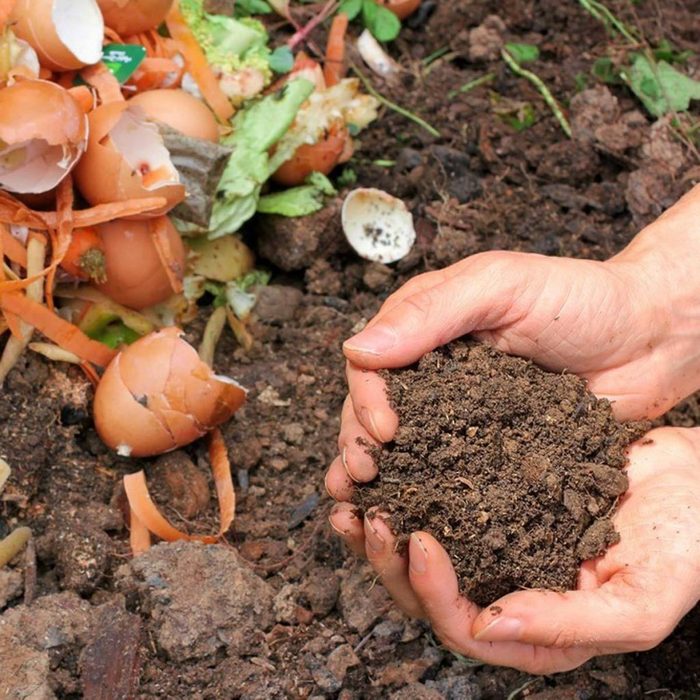
Know What You Can Compost
The contents of your winter composting collection can be the same throughout the year. Include kitchen scraps such as fruit peels, rinds and cores. Along with vegetables, including pumpkin shells and onion skins. Coffee grounds and paper filters can also go in the compost. Along with tea leaves and tea bags without staples or stickers. Eggshells are also a great addition to compost.
2
/
10
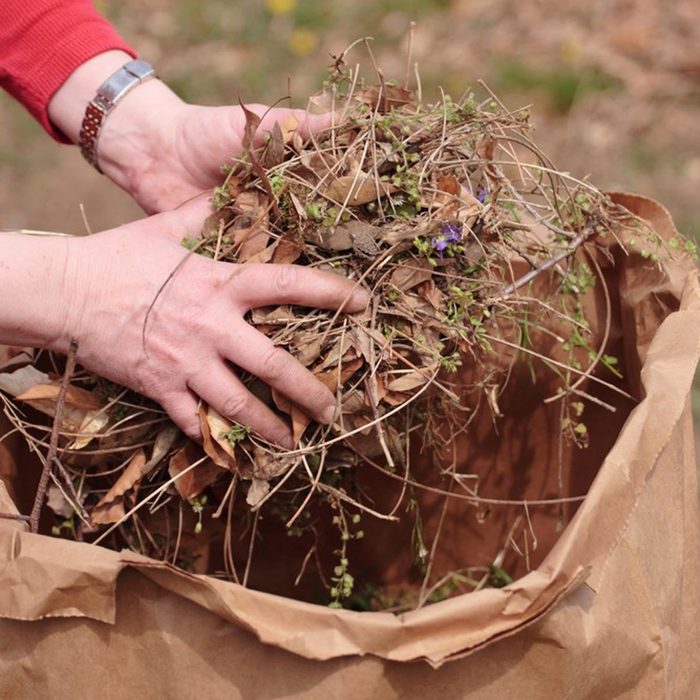
Add Yard Clippings
Compost should have the right balance of green (nitrogen) and brown (carbon) ingredients. Since most of your scraps that come from your kitchen will be nitrogen-rich, be sure to add yard waste such as straw, dried leaves and plant debris. Your well-balanced compost will help in the spring when it’s time to start a garden.
3
/
10
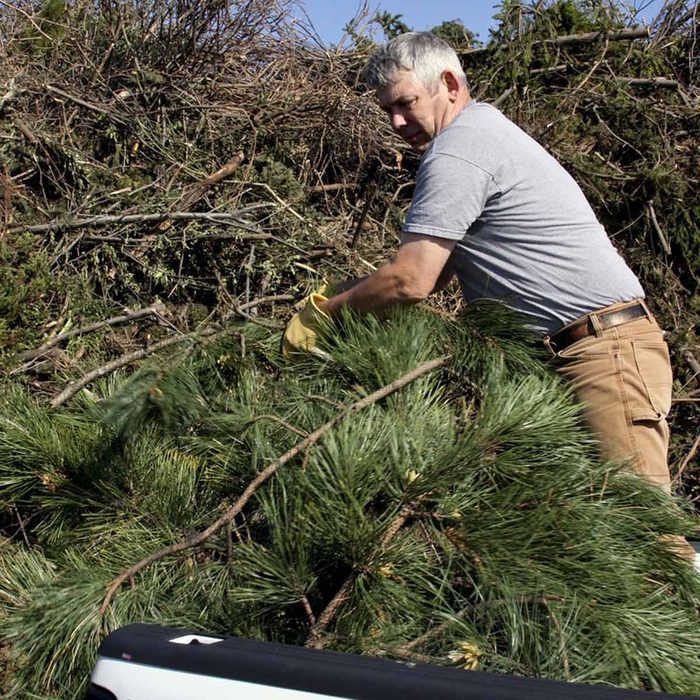
Materials to Avoid in Winter Composting
Since plants lose between 50 and 70 percent of their volume in winter composting, a variety of plant material can be processed effectively. However, there are some materials to avoid. Woody twigs and branches larger than ¼-inch in diameter should first be put through a shredder-chipper. Avoid wood and leaves from plants such as pine, spruce, juniper and arborvitae. Also, avoid plants that have been treated with weed killers.
4
/
10
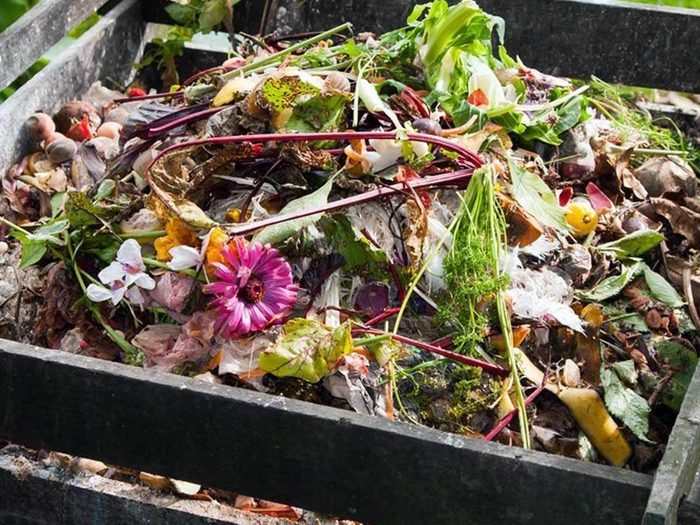
Get the Right Ratio
“To maintain decomposition over winter, you need to aim for a balance of green and brown ingredients,” says Young, “Greens are nitrogen-rich while browns are carbon-rich. A ratio of 1 part green to 2 parts brown is ideal. Too many greens and the compost will be soggy and smell, whereas too many browns can slow down decomposition especially in colder months.”
5
/
10
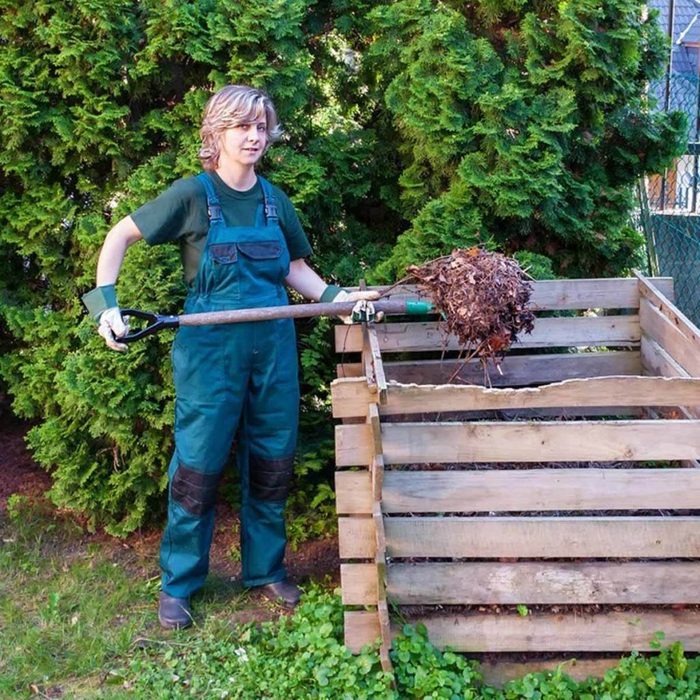
Build a Productive Pile
To get the most out of your compost, make sure the pile is 3 to 4 feet on each side. This is done to allow retention of generated heat and air diffusion. When placing alternating layers of material on the pile, sprinkle water in so the material is moist but not soggy. As layers are added, a handful or two of topsoil or winter composting substance between the layers will supply a source of microorganisms and absorb odors. Enrich your soil, improve its structure, and give your plants a much-needed nutrient boost in an easy, sustainable way, with composting in place.
6
/
10
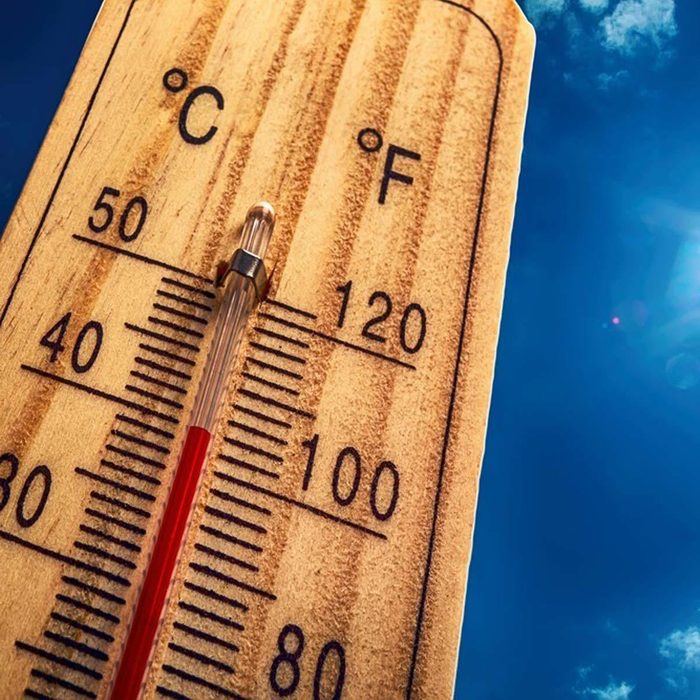
Track Temperature
Temperature is a crucial factor in the winter composting process. “The core temperature of your compost should be keep between 104-149 Fahrenheit to maintain active microbial activities and decomposition,” says Young, “It’s important to maintain the temperature to ensure decomposition and kill pathogens. Below these temperatures decomposition will slow significantly.”
During the winter months, decomposition will be slower, but will quickly resume as temperatures rise in the spring. Novice composters may want to track temperatures. When the temperature of the pile gets too low, you can increase activity by adding nitrogen rich material and turning the pile.
7
/
10
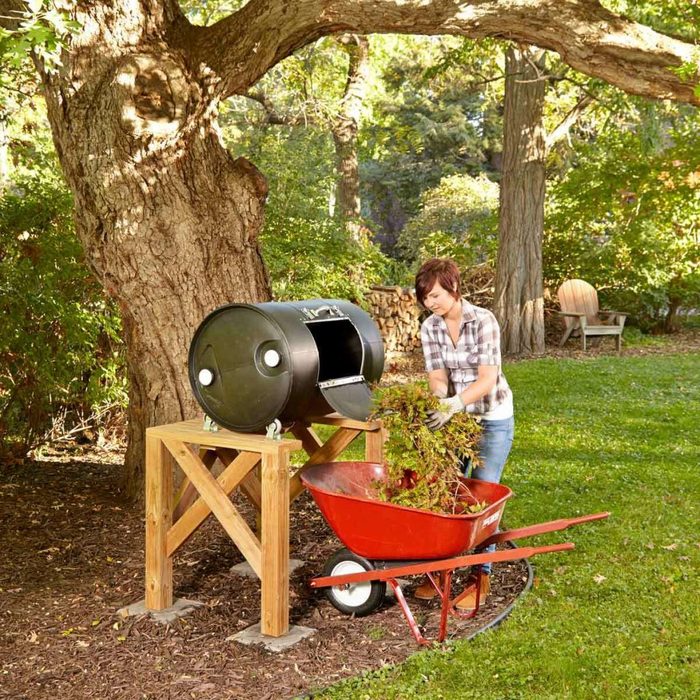
Monitor Moisture
In regions that receive a lot of rain and snow, moisture control is essential. This can be difficult with traditional compost piles, as the moisture soaks into the ground and is taken on by the compost. One solution is a compost tumbler which is sealed so the rain and snow melt is not a problem. Tumblers can still take on some water, so if you go this route, don’t skimp on adding dry leaves to absorb any excess moisture. The tumbler is a great idea to try for winter composting.
8
/
10
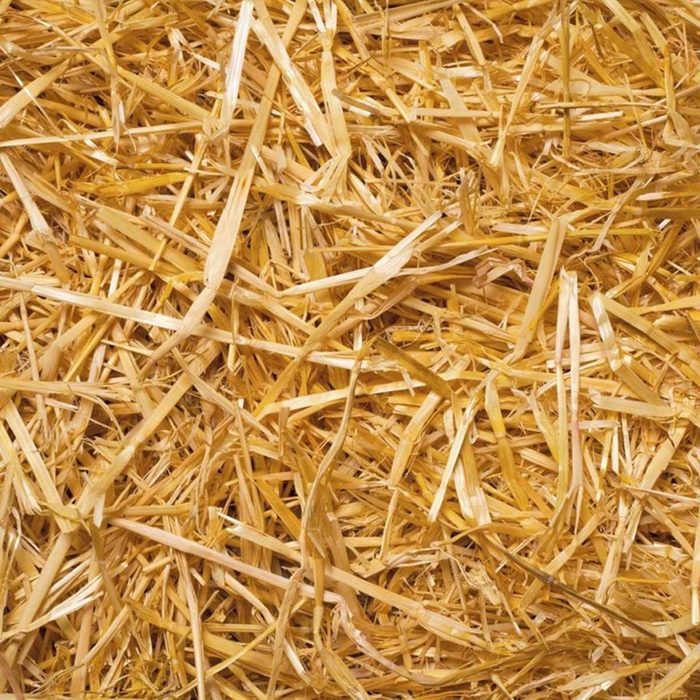
Insulate
During the colder months, the microbes in the compost must be kept active. For winter composting, move compost bins to a sunnier part of the yard if possible. And use layers of leaves, straw, cardboard or sawdust to help insulate and keep warmth in the pile.
9
/
10
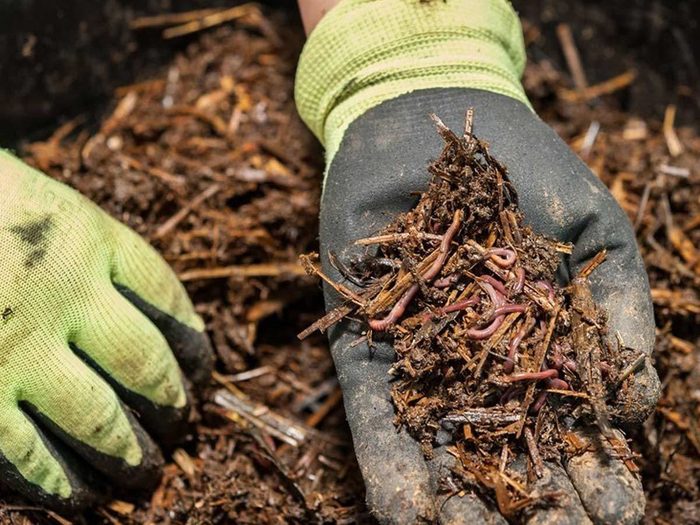
Add Some Worms
Vermicomposting, or worm composting, is a good alternative for winter composting during the colder months. Worms turn food waste into a rich, dark soil amendment much like you’d get from your traditional compost pile. Vermicomposting can be done in a DIY bin made from a plastic storage container and PVC pipe. The Michigan State University Extension offers tips on building such a bin. Work composting works best in areas where the outside temperatures are between 40-80 degrees Fahrenheit. If you live in an area with colder winters, you can bring the bin inside during the winter months.
10
/
10
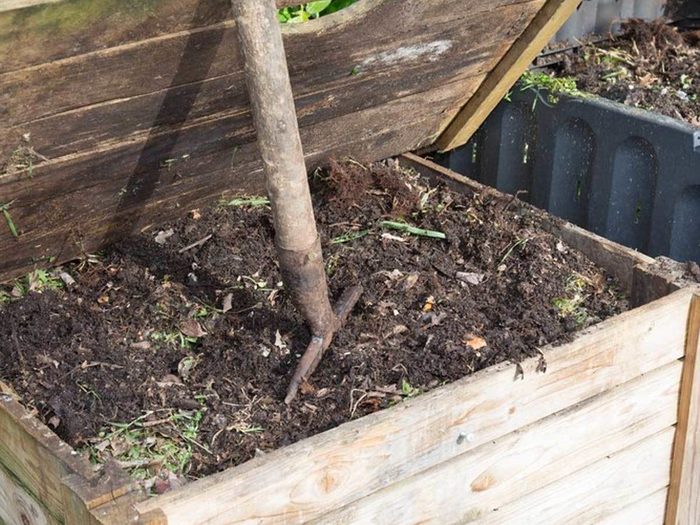
Troubleshoot Problems
Is the soil too moist? Warmth in only the middle of the pile? Is the pile attracting bugs, rodents or raccoons? Be prepared to troubleshoot any issues that may come up throughout the winter composting process and the rest of the year.
About the Expert
Caleb Young is the owner and founder of Rare Indoor Plants. After studying Botany and Interior Design at the University of Otago in New Zealand, Caleb worked for a Botanist for several years where he developed a passion for flowers and plants. Since 2020, Rare Indoor Plants has been offering unique, high-quality plants conveniently shipped straight to customers.



















